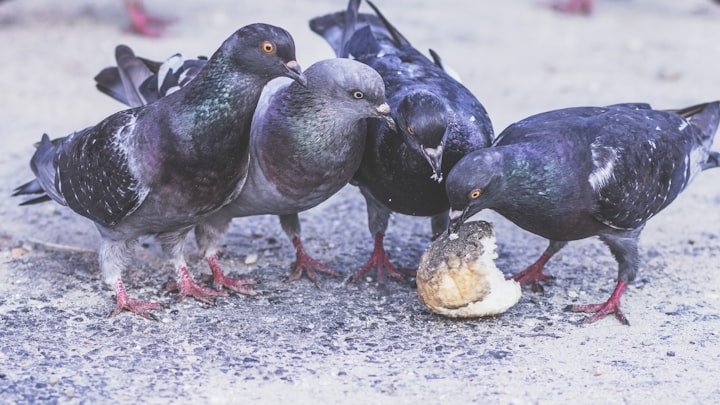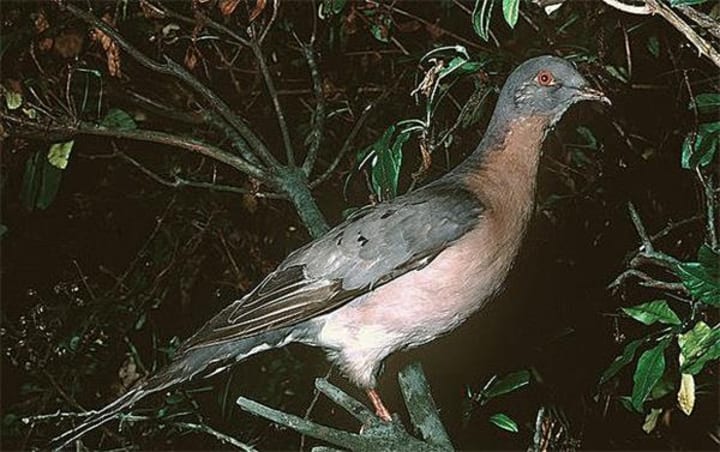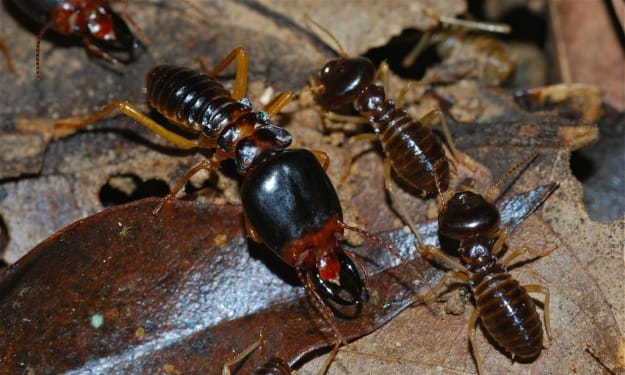Extinct Animals: North American Traveling Pigeon North Island Tarantula
Protect birds to protect wildlife and maintain ecological balance

Extinct Animals: North American Traveling Pigeon

The North American Traveling Pigeon, also known as the Traveling Pigeon, is a famous bird that once lived on the North American continent. At its peak, the traveling pigeon population numbered in the billions, and it was once the most numerous bird not only in North America, but most likely in the world at the time. However, in the early 20th century, the last traveling pigeon died alone in a zoo in the United States, and the species eventually became extinct.
The traveling pigeon was originally found in the area where southeastern Canada and the northeastern United States meet. They can be found in the forests and wetlands of east-central North America. Traveling pigeons are typically gregarious and migratory. Because of their large populations, they not only migrate seasonally as migratory birds do, but also on an ad hoc basis with no fixed destination in search of food and breeding grounds. This love of "travel" is one of the reasons for the name "traveling pigeon". As late as the middle of the 19th century, flocks of hundreds of millions of traveling pigeons were recorded in southern Ontario, USA, flying across the sky with their wings covering the sky, forming a band of birds up to 1.5 km wide and 500 km long, taking 14 hours to cross the area.
The flocking habit of the traveling pigeon is a survival strategy to protect itself from predators. However, the disadvantages of this strategy became apparent even before European settlers entered the Americas. Excessive population sizes put stringent requirements on the amount of food and the size of the habitat; overly large flock targets are easily detected and attacked by predators; and the flocks are prone to breeding deadly infectious diseases such as Newcastle diseaseNote ...... For these reasons, the traveling pigeon population was already showing a downward trend before the arrival of the Europeans.
In North America, almost all predators, represented by skunks, foxes and eagles, are predators of the traveling pigeon. At the same time, the traveling pigeon had to face capture by Native Americans and European colonists. Because of their huge population, even a novice shooter with a firearm could easily shoot them down. When people realized the economic value that could be created by capturing traveling pigeons, commercial hunting became more and more lustful. Nets were set up, nests were torn down, trees were cut down, and land was cleared ...... Overnight, untold numbers of pigeons were killed by humans, and they were so easy and inexpensive to catch that they not only became a staple food for the local poor, but were also used to feed pigs and live targets designed for fun.
In just a few hundred years, the traveling pigeon population declined dramatically due to habitat destruction, food scarcity, rampant infectious diseases, and human killing. By the early 20th century, only a small colony of traveling pigeons remained in captivity, and in 1914, the last female traveling pigeon in the world, "Martha", died at the age of 27 at the Cincinnati Zoo in the United States. She was made into a taxidermy specimen for people to see and remember. The traveling pigeon, a species that once flew over North America by the hundreds of millions, has never been seen again.
Extinct animals North Island Tarantula

New Zealand's North Island was originally a dense primary forest. The abundant rainfall and trees have provided a good living environment for the jay for thousands of years. Compared to other birds, the beaks of female and male jays are distinctly different. The female has a long, curved beak, while the male has a straight beak like a woodpecker. Because of the different beak shapes of male and female ptarmigan, they must cooperate with each other when foraging, and it is generally difficult for a solitary ptarmigan to survive. As a result, the number of Tarsiers on New Zealand's North Island has remained low.
The Aboriginal people living in the North Island of New Zealand do not like the Tarantula. They believe that it is a bad omen because of its ugly appearance and unpleasant call. As soon as they spotted one, they would attack and kill it. At that time, the population was not seriously affected by the fact that there was little overlap between the population and the human population.
In the mid-18th century, the real crisis for the Tarantula finally came with the influx of European settlers to the island. Both the European settlers and the islanders were prejudiced against the ptarmigan and began hunting this exotic bird together. While human hunting rapidly reduced the population, it was deforestation, tree felling and the clearing of agricultural land that dealt the real death blow. The habitat of the North Island ptarmigan was completely destroyed in a short period of time, and many were killed by fires, choked to death by smoke, and those that survived were starved to death for lack of adequate food.
By the beginning of the 20th century, the already small population was on the verge of extinction in a few short decades due to human atrocities. It was not until 1907 that the last sighting of the jay took place in the forest, and the bird disappeared from the face of the earth forever.
About the Creator
Richard Shurwood
If you wish to succeed, you should use persistence as your good friend, experience as your reference, prudence as your brother and hope as your sentry.






Comments
There are no comments for this story
Be the first to respond and start the conversation.